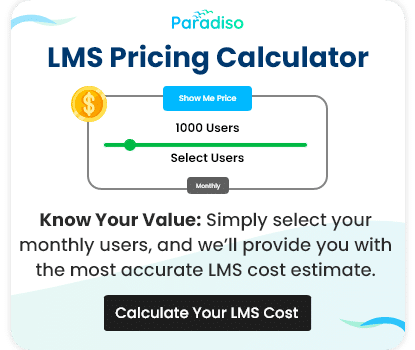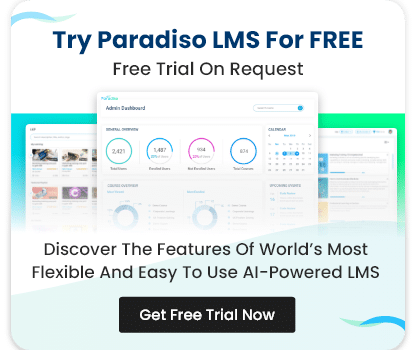In today’s digital era, e-learning has grown in popularity and has become a standard in education and training programs across the globe. Whether for academic institutions or corporate training, an effective online learning experience requires not just well-crafted content but also a reliable way to deliver, track, and manage that content. This is where SCORM comes into play.

We have
something for you!
Are you still figuring out which LMS is the best? Grab the chance to explore the LMS Buyer's Guide and get started.
















